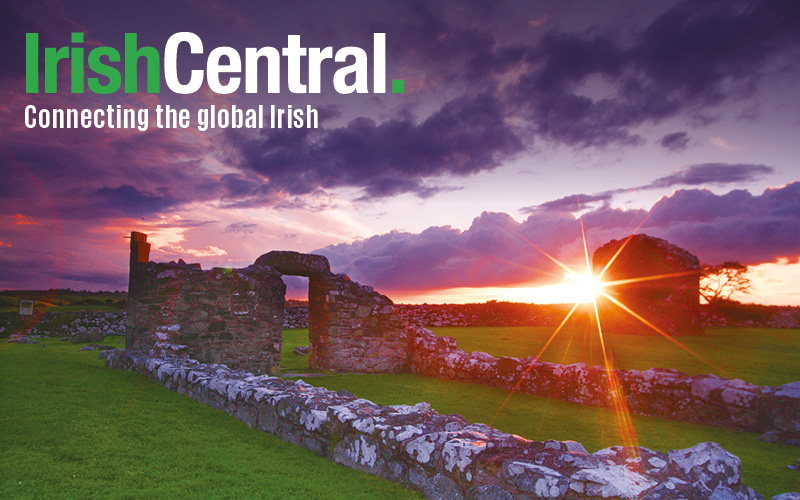A new geological survey has revealed 300-million-year old volcanoes lying far beneath the surface of Irish midlands counties of Roscommon, Longford and Westmeath.
The Geological Survey’s Tellus Program, conducted using low-flying aircraft, shows clusters of small magnetic bodies, especially along the Westmeath/Offaly border, revealing the ancient and long-buried volcanoes.
The survey revealed large bands of highly magnetic volcanic rocks lying several miles deep near Strokestown in Co. Roscommon. These rocks are thought to be associated with a major geological fault that can be traced through Ireland and Scotland.
Surveys such a this are conducted due to the importance of such magnetic volcanic structures to the development of mineral deposits. As a result, researchers have a better idea of the geological makeup of Ireland and can make more informed environmental decisions with regard to radon mapping, smart agriculture and increased investment in mineral exploration.
Specific technology is required to allow researchers to effectively see through the deep glacial deposits and extensive peat cover (in the form of Ireland’s bogs) lying over magnetic rock.
Latest Tellus findings reveal hidden depths of #Roscommon, #Longford and #Westmeath http://t.co/YeINzFCdaB pic.twitter.com/bXRiAfyxZG
— Tellus (@TellusGSI) September 21, 2015
Have you seen the new #TellusSurvey #midlands #geology maps? View and download for free at http://t.co/YeINzFCdaB pic.twitter.com/Yq6vVnpDcW
— Tellus (@TellusGSI) September 22, 2015
Geological Survey of Ireland principal geologist Ray Scanlon said, “Tellus continues to reveal extraordinary new detail in Ireland’s geological landscape buried beneath our feet, building upon existing data gaps and developing natural resource opportunities.”
Although Ireland is not known for a high level of volcanic activity in the modern age, its landscape shows signs of volcanoes on its surface dating from hundreds of millions of years ago.
Not far from this latest discovery is Croghan Hill, Co. Offaly, which is what is left of an extinct volcano. Famous in the locality, the celebrated geologist Frank Mitchell once named the former volcano as the “navel of Ireland” because it lies in the midst of the great raised bogs of the midlands, the Bog of Allen.
At 768 feet high, Croghan Hill provides fantastic views of the surrounding midlands counties and many climb the hill to not only enjoy the views but to visit a mound at the peak which is believed to be a Bronze-Age burial place.
The hill has had a place of importance right throughout Irish history: St. Brigid is believed to have been born near Croghan Hill. It was once the home of one of the three royal seats in Leinster and used by the O’Neill family to watch over their land. It was also the site where the “Old Croghan Man” was discovered in 2003 – an incredibly well-preserved “bog body” (corpse preserved in bog soil) of an Iron-Age man, who is believed to have died anywhere between 362 BC and 175 BC.
In another part of the country is one of our greatest attractions, also a deposit of volcanic activity.
As legend tells it, the Giant’s Causeway is the ruined remains of a pathway to Scotland built by Irish mythological hero Fionn Mac Cumhaill so he could fight Scottish giant Benandonner. The other side of the pathway was said to finish at Fingal's Cave on the Scottish isle of Staffa, where the same natural phenomenon appears.
In reality, this UNESCO World Heritage site is a unique landscape of 40,000 interlocking basalt columns and cliffs, the result of an ancient volcanic eruption. The columns are believed to have been created around 50 to 60 million years ago.
The Tellus Program is currently in its fourth phase, carrying out an airborne survey of Counties Offaly, Kildare, and Meath, and rural County Dublin as well as northern parts of Counties Wicklow and Laois.
#TellusSurvey Week 13:continuing in western & central Kildare/Meath & northern Wicklow @ITBA_Official @bloodstocknews pic.twitter.com/tc0WmyBZOY
— Tellus (@TellusGSI) September 21, 2015
H/T: Irish Times




Comments